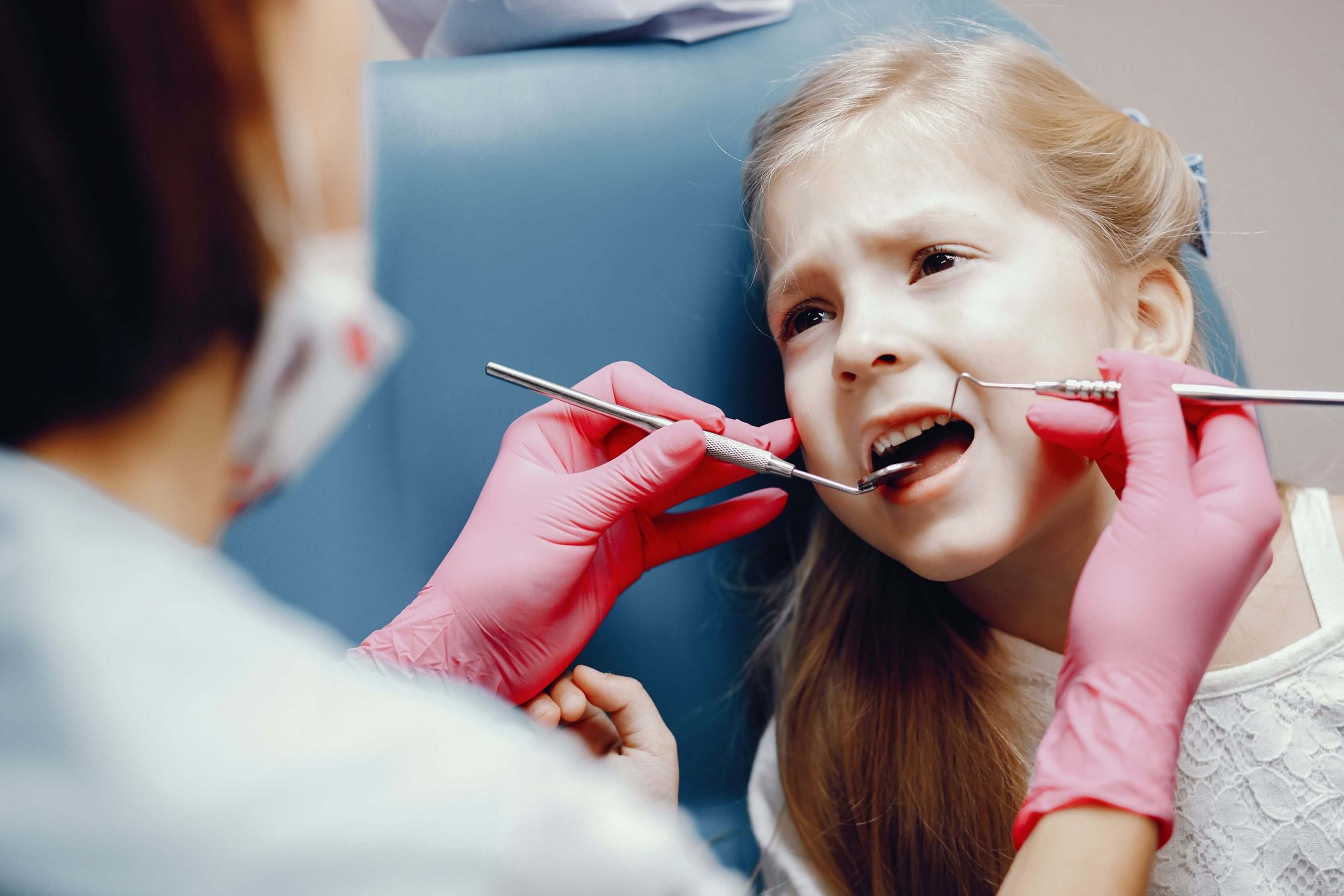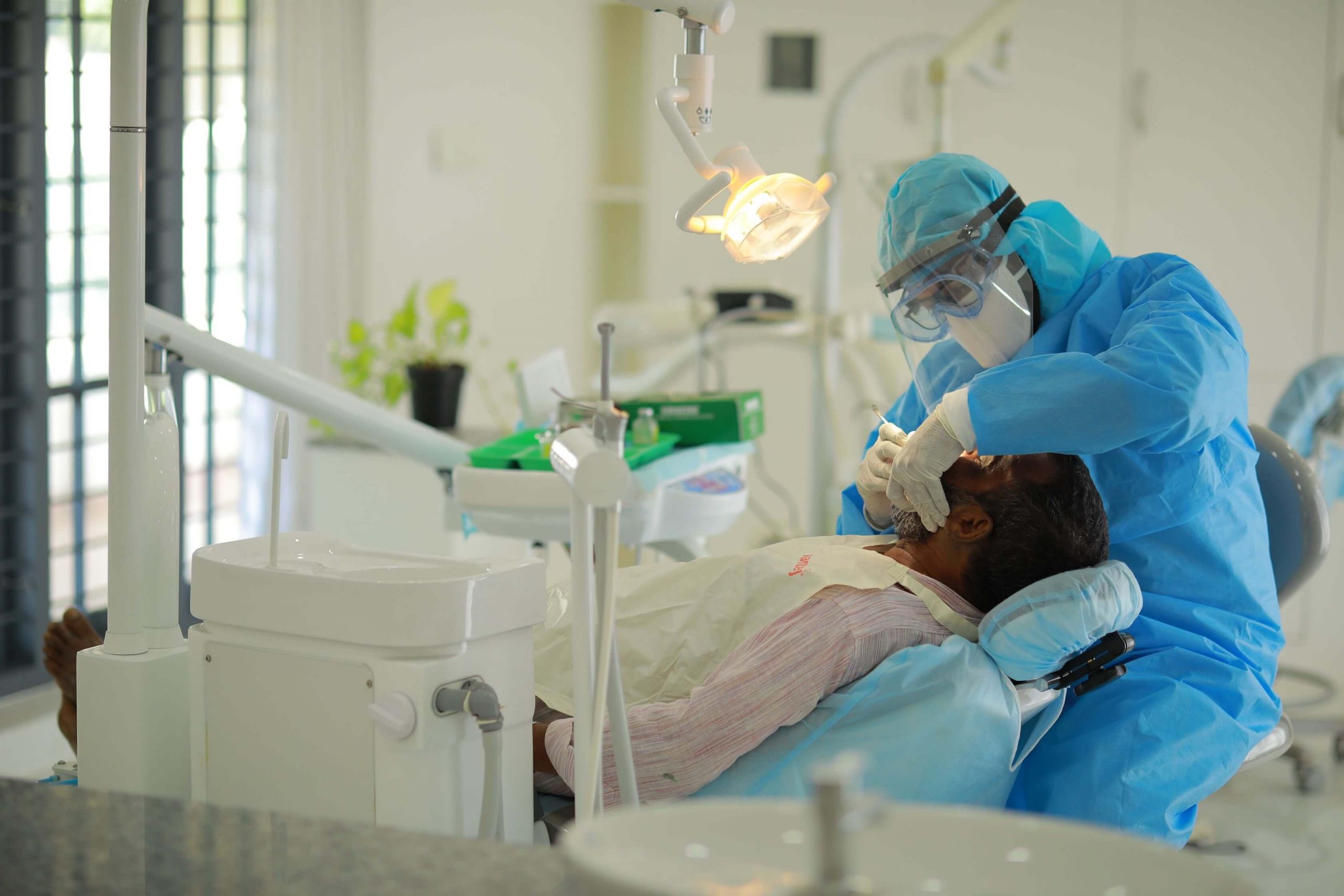
Paedodontics : Teeth Eruption Chart & FAQs
Do you have a child in your home ? Then the following chart may give you an idea about the teeth and their eruption status.
Few terminologies i would like to introduce
- Natal Teeth and Neonatal Teeth – According to the definition presented by Massler and Savara (1950), taking only the time of eruption as a reference, natal teeth are those observable in the oral cavity at birth and neonatal teeth are those that erupt during the first 30 days of life.
- Deciduous teeth – now more commonly known as primary teeth. They are also known as baby teeth, temporary teeth and Milk teeth
- Permanent teeth – Permanent teeth or adult teeth are the second set of teeth formed in diphyodont mammals.
Ok Now we will come to the topic and will try to answer few FAQs asked by patients in daily routine .
- How many milk teeth does a human have?
Ans: 20. The primary dentition is made up of Central incisors, Lateral incisors, Canines, First molars, and Secondary molars. - What is the importance of milk teeth ? does it have any significance?
Ans: Primary teeth are essential in the development of the oral cavity.
a.Important for Speech production and development
b.Eating and nutrition
c. Self-confidence
d.Straighter smiles
e.Excellent oral health - How many Permanent teeth does a human have?
Ans : 32 They are six maxillary and six mandibular molars, four maxillary and four mandibular premolars, two maxillary and two mandibular canines, four maxillary and four mandibular incisors. - What are the mixed dentition period and its importance?
Ans: The mixed dentition stage starts when the first permanent molar appears in the mouth, usually at five or six years, and lasts until the last primary tooth is lost, usually at ten, eleven, or twelve years. - UGLY DUCKLING STAGE?
Ans: UGLY DUCKLING STAGE (Broadbent phenomenon) is a transient/self-correcting malocclusion seen in the maxillary incisor region between 8-9 yrs of age. Erupting permanent canines displace the roots of lateral incisors mesially, resulting in the transmission of force on to the roots of central incisors which also get displaced mesially.

